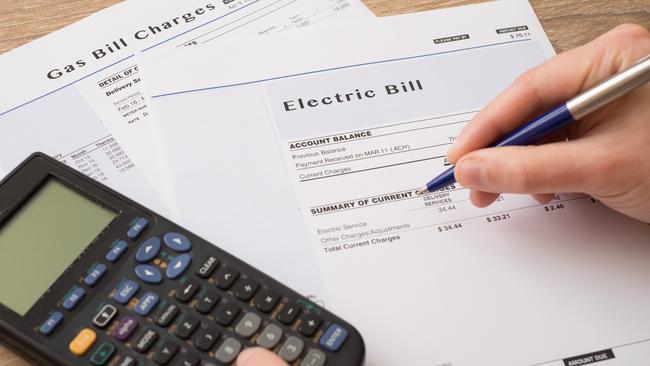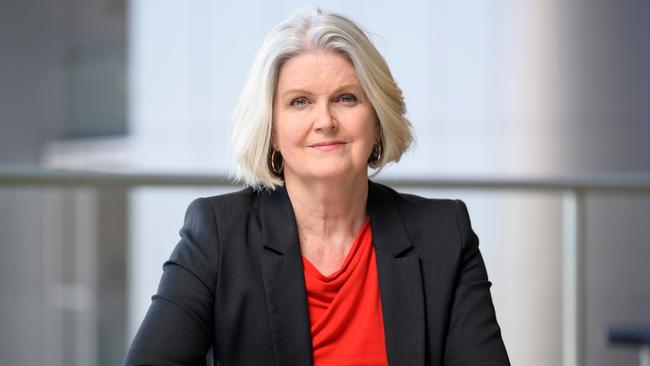New analysis finds Tasmanian low-income households could save $4300 a year with home energy upgrades
Tasmanian low-income households could save thousands of dollars a year if they were supported to install “quick fix” home energy upgrades, new modelling has revealed. How much you could save.

Tasmania
Don't miss out on the headlines from Tasmania. Followed categories will be added to My News.
Low-income households across Tasmania would save an average of $4300 a year if they were supported to install “quick fix” home energy upgrades, a new analysis has found, prompting Australia’s peak community services body to call for a national fund to subsidise these works across the country.
The Australian Council of Social Service (ACOSS) commissioned modelling from Climateworks Centre, released on Thursday, which showed that people on low incomes would save an average of $3487 per annum with basic energy efficiency upgrades to their homes, or $2376 for upgrades to apartments.
In Tasmania, low income earners stand to save an average of $4315 for home energy upgrades and $3013 for apartments.
According to ACOSS, the calculations are based on savings from “quick fix” upgrades, including improved insulation, installation of electric heat pumps, and rooftop solar, while the cost saving calculations are based on dwelling type, the different gas and electricity prices across the states and territories, and the volume of energy needed to keep homes at a comfortable temperature (20 degrees).
Tasmanian households would save the second most amount of money of all jurisdictions, behind only the ACT, the analysis found.

The Tasmanian electorates of Braddon and Lyons are in the top 10 nationwide electorates for potential total bill savings from the upgrades, at $36.7m and $34.3m per annum, respectively.
ACOSS is calling on the Albanese government to set up a national fund to subsidise energy efficiency upgrades for low-income housing in the federal budget, which is being handed down later this month.
ACOSS CEO Cassandra Goldie said the Commonwealth should work with states and territories to bring in minimum energy performance standards, reduce energy hardship and emissions, and make homes climate-resilient.
“Poor energy performing homes are costing households thousands of dollars each year and contributing to climate change,” she said.
“Millions of people on low incomes, including income support, are sweltering through summer and freezing through winter because they cannot afford to keep their homes at a healthy temperature.”

Ms Goldie said the federal government should create a four-year $2bn energy efficiency fund, matched by the states and territories and “topped up by other sources”, to fast-track home energy upgrades for low income-earners.
“The government has a once-in-a-generation opportunity in this budget to reduce energy poverty, improve people’s health, and tackle the climate crisis,” she said.
The Commonwealth currently offers energy efficiency grants for small and medium-sized businesses to upgrade or replace inefficient equipment and fund other energy efficient works.
Meanwhile, the Tasmanian government administers an Energy Saver Loan Scheme, providing no-interest loans to eligible applicants to fund the purchase and installation of energy efficient products.
More Coverage
Originally published as New analysis finds Tasmanian low-income households could save $4300 a year with home energy upgrades





